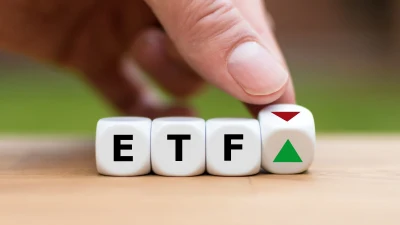International asset demand slumps


Demand for international assets took a beating in August 2014 by two per cent but high net worth (HNW) investors are bucking this trend, according to Certitude.
The Certitude Global Investing Intentions Index (CGIII) showed overall net demand for global investments continued to increase to a level roughly equal to a six month high among high net worth investor and advised investor groups.
"We know that HNW investors are significantly more likely to be taking expert advice, for example they are likely to be considering international managed funds covering multiple regions in their portfolio," Certitude CEO Craig Mowll said.
"Advised investors have maintained the same levels of net demand for global investment over the last four months while non-advised investors have become very nervous."
The CGIII also reported most global asset classes have dipped or remained steady, except for fixed income, which rose four percentage points to 10 per cent.
Demand for the defensive asset rose a 12 month high among investors looking for safer options.
There was a significant dip in confidence in Australian equities, the report showed.
"Results from the CGIII in August suggest that investors are cautious about most equity markets and the slight decline in appetite for international investments is symptomatic of this nervousness," Mowll showed.
He also said almost half of investors (49 per cent) fear another market crash like the global financial crisis. Geo-political events in the Middle East (41 per cent) and a slowdown in China (38 per cent) are also making investors nervous.
Recommended for you
Australia’s “sophisticated” financial services industry is a magnet for offshore fund managers, according to a global firm.
The latest Morningstar asset manager survey believes ETF providers are likely to retain the market share they have gained from active managers.
Negative market movements, coupled with net outflows, have prompted a near $6 billion decline in Challenger’s funds under management for FY25’s third quarter.
The real estate investment manager has positioned the APAC region for future growth with an internal promotion to the newly created role of deputy head of Asia Pacific.















